Microplastics have long been a major global concern as a contributor to marine pollution. These particles pose risks not only to oceans but also to human health, as they inevitably enter the body through eating or breathing.
1. What are Microplastics?
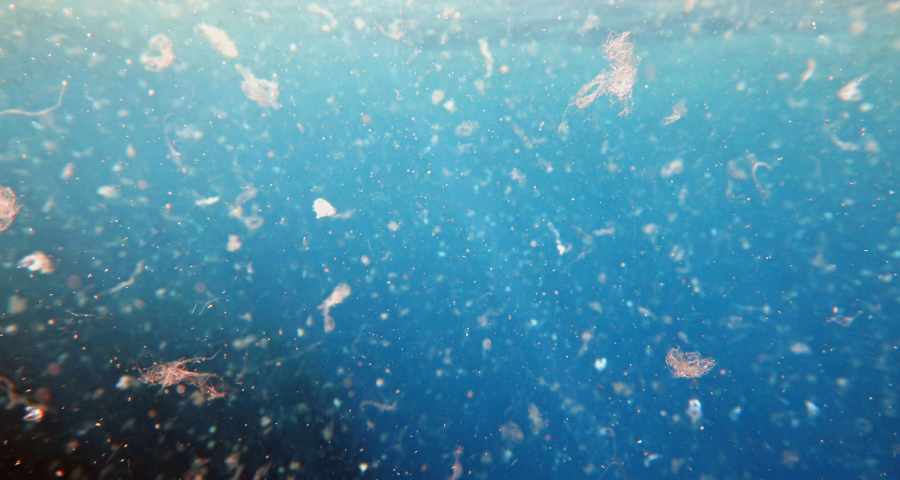
Microplastics refer to tiny plastic particles measuring less than 5 millimeters, which collectively make up microplastic waste. Recently, the impact of these particles on marine ecosystems has become a significant concern.
Since plastic does not naturally break down, it is believed that microplastics will accumulate and persist in the marine environment over the long term.
2. Are Microplastics Harmful to Human?
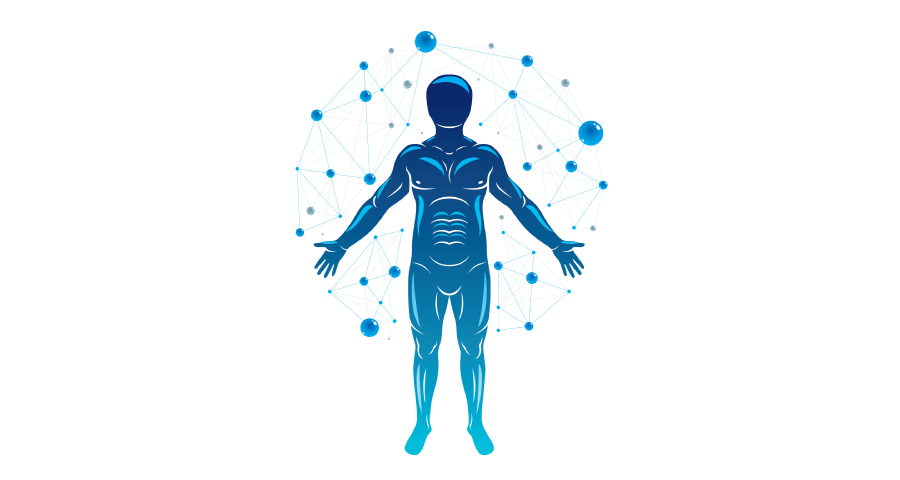
Since most of our products are plastic-based, they do produce some level of microplastics through regular use. This is especially true for cutting boards, which wear down with knife use, making it impossible to prevent microplastic generation completely. But are microplastics from our products harmful? Extensive research by scientists worldwide suggests that microplastics have minimal adverse health effects, as they are mostly expelled from the body.
– Most microplastics are eliminated from the body
Lifetime Accumulation of Microplastic in Children and Adults
3. Safety Standards
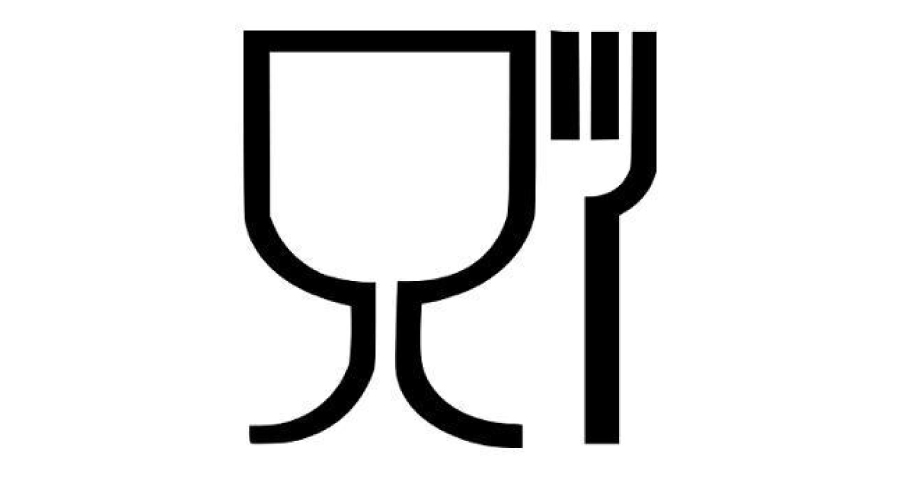
In Japan, regulations require that only resins proven safe for human health must be used in food-contact materials. All of our products, including cutting boards, fully adhere to these standards.
– Compliant with Japan’s Food Sanitation Law
– Compliant with EU regulations for Food Contact Materials
4. Is Wood Safer?
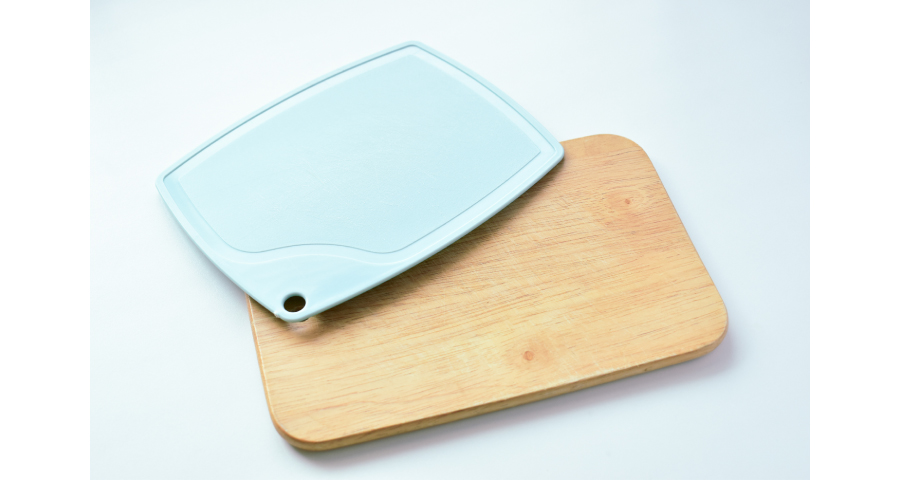
Some may prefer wooden cutting boards to avoid microplastics. While wooden boards have their own advantages, we do not recommend them solely based on safety, as they are prone to mold, which is clearly more harmful than microplastics. Rest assured that cutting boards from reputable brands are safe for use, so you can use plastic boards with confidence.

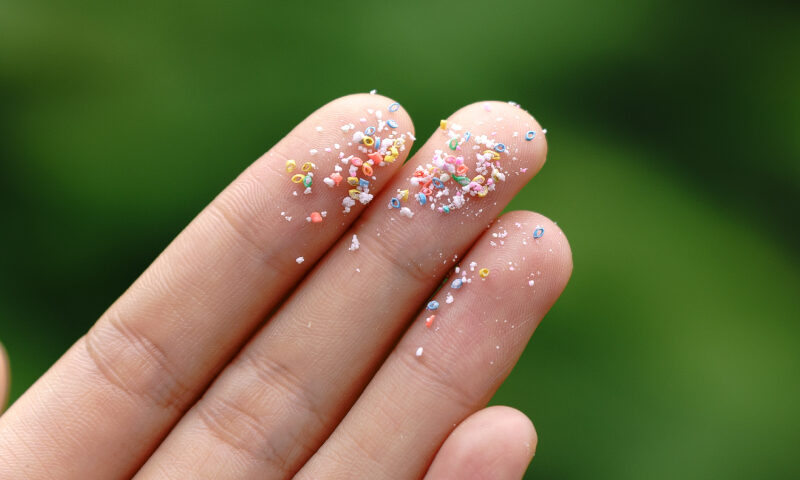
Comment